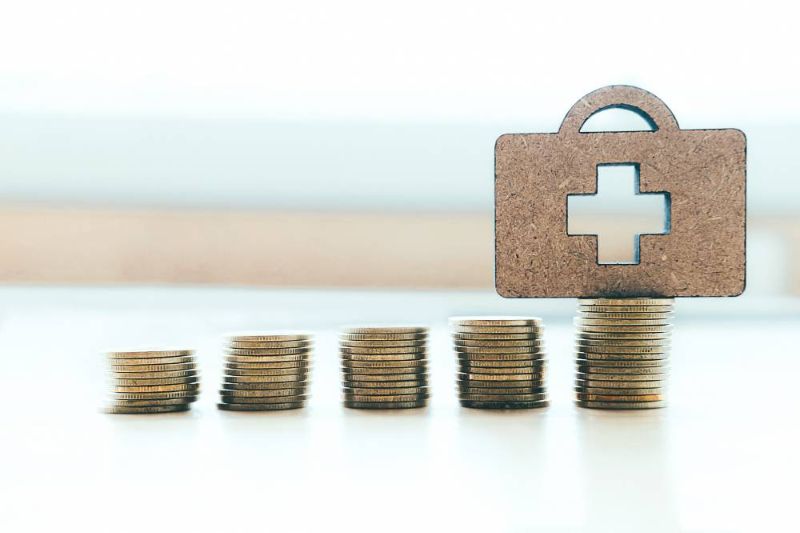by Ecole Polytechnique Federale de Lausanne
Credit: CC0 Public Domain
The body self-regulates in a process known as homeostasis, and the brain is responsible for this as it is constantly monitoring all of the body's vital signals. If you need more oxygen, for example, then a message is sent to the brain that then tells the body to adjust your breathing and your heart rate. But the neurons involved in regulating breathing and cardiac rhythm had never been directly observed, until now, thanks to brain recording technology during brain surgery.
EPFL neuroscientists, in a collaboration with surgeons and neuroscientists at West Virginia University Rockefeller Neuroscience Institute and at the University of North Carolina at Chapel Hill, show that single neurons deep in the human brain, in two thalamic nuclei and the subthalamic nucleus, encode vital physiological signals from the heart and lungs, providing the first direct evidence of this in humans. The results are published in PNAS.
"Neural connections between the body's inner organs and the brain had been hypothesized based on rare animal research and existing anatomical work," explains first author Emanuela De Falco of EPFL's Laboratory of Cognitive Neuroscience, led by Olaf Blanke. "We found that cardio-respiratory signals affect a large portion of neurons."
Marco Solca, co-first author of the study continues, "Locating these neurons is relevant since it sheds light on how this body-brain communication happens in the deep brain."
Communication between the body and brain is also known to be relevant for several important cognitive and affective processes as it influences, for example, visual detection, emotional regulation and decision-making. Dysfunction of the body-brain communication is recognized as an important feature of various mental health conditions, including anxiety, mood, eating, and psychosomatic disorders.
A unique opportunity with deep brain stimulation
The study was carried out over several years, thanks to a collaboration with Dr. Ali Rezai, neurosurgeon and director of the West Virginia University Rockefeller Neuroscience Institute, by recording the activity of single neurons in patients undergoing surgery for deep-brain stimulation (DBS) to treat various medical conditions.
DBS consists of stimulating neurons deep inside the brain via an electrode probe. Before inserting the probe, neurosurgeons sometimes opt to temporarily insert a microelectrode into the brain and make recordings of brain activity, since it improves where in the brain the DBS probe is subsequently inserted.
As in previous projects, the EPFL scientists saw the potential in these microelectrode recordings, and seized the opportunity to monitor electrocardiograms simultaneously, thus obtaining coupled recordings of the neuron activity and different cardiac and respiratory signals.
"Now we know where these neurons are located, immediate future studies could focus on understanding the feedback loop mechanism between the heart rate and neural activity in subcortical areas of the brain and their involvement in self-consciousness and movement intentions or free will," says De Falco.
"More generally, this study lays the foundation for several future developments, towards understanding the brain and more broadly in psychiatric conditions."
More information: Emanuela De Falco et al, Single neurons in the thalamus and subthalamic nucleus process cardiac and respiratory signals in humans, Proceedings of the National Academy of Sciences (2024). DOI: 10.1073/pnas.2316365121
Provided by Ecole Polytechnique Federale de Lausanne






Post comments